Disclaimer: The information in this article is intended for general knowledge and educational purposes only. It does not constitute professional technical advice. Always consult with a certified IT or cybersecurity professional for specific guidance. The author and publisher are not responsible for any damages resulting from the use of this information.
Despite the belief that the macOS system is impervious to malware, users are still vulnerable to attacks. The emergence of increasingly sophisticated viruses, Trojans, adware, and spyware makes even the latest Macs vulnerable. Therefore, they can become a target for attackers. Many Mac users are not prepared for such problems. Thus, it is not surprising that the infection often goes unnoticed. It lasts until the system starts behaving strangely. Still, a proven way to protect your device and completely clean it from malware exists. So, what should you do in case of infection, and what tools can help you eliminate the virus on Mac?
How to Recognize the Problem? First Signs of a Mac Infection

Typically, users do not notice a Mac infection immediately. You may notice minor crashes and system slowdowns. Unwanted advertising pop-ups may bother you, or your browser may redirect you to suspicious sites. If you think something is wrong, do not ignore it. After all, malware will always manifest itself in the most unpleasant ways. We are referring to the illegal collection of personal data, password theft, and the tracking of your actions.
However, despite all of the above, you must remain calm. Perform a basic check. Namely, turn off your Mac and boot it into Safe Mode. It allows you to block the automatic loading of third-party applications temporarily. This way, you can detect problems that are usually masked in standard mode. We’ll discuss this in more detail in the following sections of this article. But are there other options and actions that can be useful if you don’t want to delay?
How do you get rid of malware on a Mac?
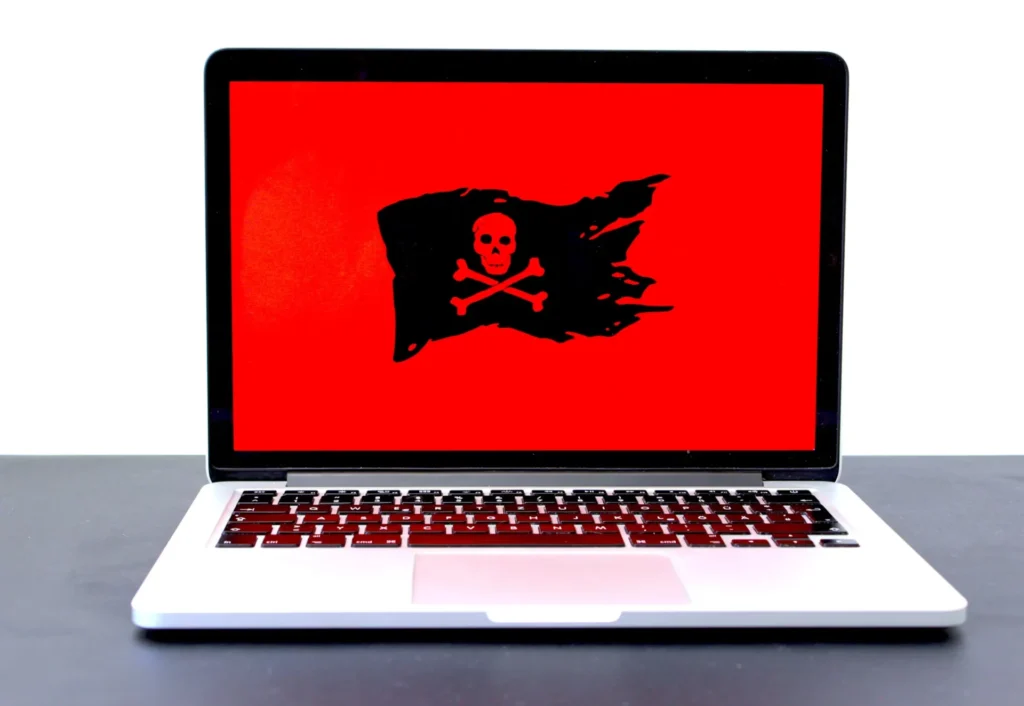
Once you detect the first signs of a potential infection, don’t hesitate to take the next step. Use a specialized tool or service designed for Mac malware removal. Usually, such a service will have clear instructions and a user-friendly interface. That is, one that allows users with different experiences to easily remove malware from their Macs. This is especially true when you need to quickly understand how to remove malware on Mac without delving into complex technical details. If you are looking for a way to get rid of malware on Mac, consider using a proven and trusted guide. This way, you can avoid the risk of further damage to your system. Some solutions offer both automated threat removal and tips for manual system cleaning.
Let’s Start with Safe Mode
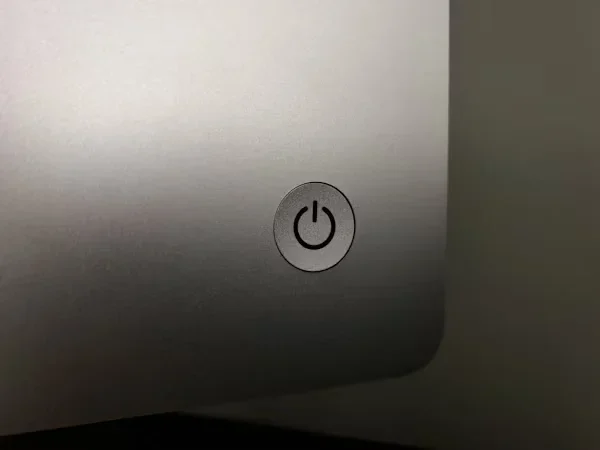
It’s a special mode of launching macOS. It disables third-party kernel extensions, clears caches, and prevents potentially malicious processes from running automatically. To activate it, follow these simple steps:
- Turn off your Mac.
- When you turn it back on, immediately press the Shift key.
- Hold down Shift until the login window appears.
- Sign in to your account. In the upper right corner, you’ll see the Safe Boot icon.
This mode disables startup items and allows macOS to perform hard disk and caching diagnostics. This will enable you to detect conflicts that are not visible in normal mode.
What you can do in Safe Mode
In this mode, open System Preferences and check all running processes. If you notice suspicious or unknown names, search for them on Google or Mac user forums. Also, check your autoruns. Go to System Preferences, then Users & Groups, then Login Items.
Manually Check. Clean Up
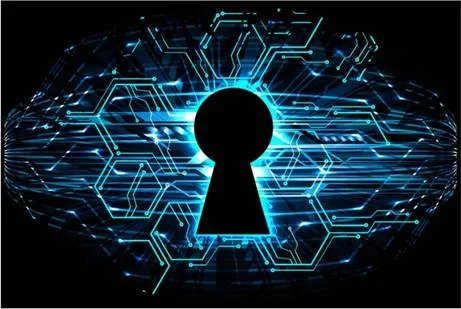
- Suspicious apps
- Configuration profiles
- Remnants
Remove suspicious apps
Review the apps you have installed in the Apps section. Malware is often disguised as supposedly useful tools, and such programs should be removed without delay.
Check configuration profiles
Go to System Settings and Profiles. If you see any unfamiliar profiles, delete them. They can change Safari’s behavior and install phishing certificates.
Clean up any leftovers.
Even after uninstalling applications, system traces remain. These are files in /Library/LaunchAgents, /Library/LaunchDaemons, or ~/Library/Application Support. Only delete items you are sure about.
System Scanning
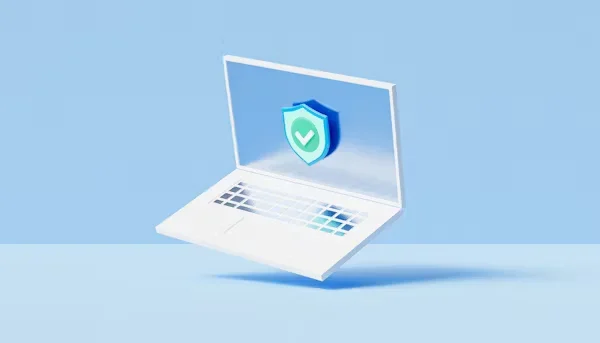
- Antivirus software
- Built-in tools
- Behavioral scanners
Use antivirus software
After manual cleaning, run a full scan with a modern antivirus program. Modern antiviruses differ in that they help clean your Mac of viruses and remove adware and phishing extensions.
The role of built-in macOS tools
macOS has built-in protections. These are XProtect and Gatekeeper. They analyze the installation of applications and block malicious files. However, sometimes this is not enough. In particular, when the user has allowed a third-party application to be installed manually,
Behavioral scanners
Some antivirus solutions use so-called behavioral heuristics. This technology doesn’t just look for known viruses, but observes suspicious activity. If an application tries to modify system files without permission, change DNS, or write to the startup, the program instantly warns the user.
Browser Scan

Most malware targets browsers. Malicious extensions can make Safari, Chrome, and Firefox susceptible. Check all extensions.
- Safari: Settings, then Extensions.
- Chrome: chrome://extensions/.
- Firefox: about: addons.
Remove anything that looks unfamiliar or is installed without your permission.
Reset your browser settings.
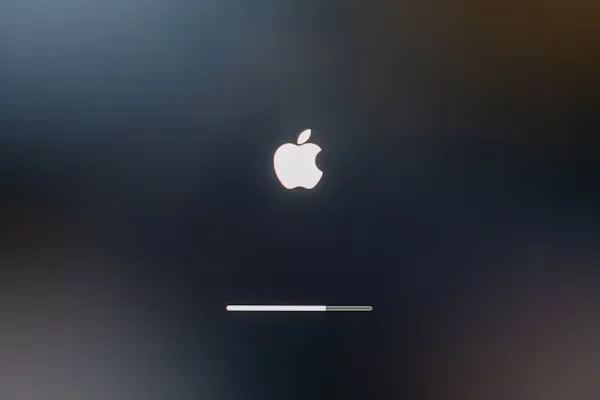
Sometimes, it is better to reset your browser to its default settings. This way, you can remove malicious changes to the start page, search engine, and redirects.
Prevention. Avoidance
- Constant updating
- Verified sources
- Additional protection
Keep your system up to date
Don’t put off updates. They often fix vulnerabilities that malware exploits. Apple releases security patches regularly.
Use only trusted sources.
Avoid software labeled as “free” from dubious sources. This is where viruses are most often hidden—download programs exclusively from the Mac App Store and official websites.
Use additional protection
If you frequently work with confidential information and need to connect to open Wi-Fi networks, consider installing a VPN and firewall. Also, consider systems that monitor activity in the background.
Final Thoughts
Despite macOS’s high security, the threat of virus and spyware infection is real. However, now you have a proven algorithm of actions: start your Mac in this safety mode and analyze the processes. Remove all suspicious programs and configurations manually. Use reliable software to thoroughly clean your Mac. Update the system. Install a VPN and scan your browsers. Don’t forget that regular prevention is an effective way to stay one step ahead of threats.











